What is a retrospective? From what I have seen online it tends to be a look back and a deep dive into a particular topic. However, the Oxford English Dictionary simply defines a retrospective as "Looking back to or contemplative of the past" which sounds like a solid definition to me… did you get it? Solid? I’ll see myself out…
With today marking 25 years since the release of Metal Gear Solid on the original PlayStation way back in 1998 I'm sure there will be plenty of people talking about the history and development of the game. As you may have noticed in my Launch of Windows 95 article, when I am rehashing a topic that is, or has been, widely covered I prefer to do it with my own personal twist on it. So for this retrospective rather than focusing on how the game was conceived and developed, the difficulties of getting the job done, the marketing and reception, I simply wanted to have a little chat about a game that I love and which has been a part of my life since my childhood.
The Origins of Metal Gear
I’ll jump straight to the point: Hide and seek… Metal Gear was based on hide and seek. That’s right, the best-selling, stealth genre-defining games based on “tactical espionage action” was inspired by a game played by school children. And really, when you think about it, if you strip away the guns, politics, drama, giant robots, and weird anime-type stuff, that’s basically what you have. Don’t believe me? Check out this article from GDC where Hideo Kojima — the man behind the series — talks about it.
The TL;DR of the article is basically that Metal Gear was supposed to be a combat game that would basically recreate the First Blood movie. Kojima’s work was hindered though by the hardware limits of the MSX2, a popular 8-bit home computer system in Japan from the 80s. Basically, the MSX2 couldn’t render enough sprites at once for a good action combat game so he changed gears ( smug face emoji ) to focus on hiding and avoiding enemies when possible and every subsequent Metal Gear game would follow that pattern.
Except for Snake’s Revenge… we don’t talk about that one…
Did Kojima Rip Off Hollywood?
One glaring thing that anyone with a degree of 70s, 80s, and 90s pop culture insight can tell you, is that the Metal Gear franchise is filled to the brim with references, homages, and even straight up theft of intellectual property from Hollywood. I mean the box art for the original Metal Gear is lifted directly from The Terminator.

And then there’s the franchise protagonist: Snake. Snake actually has several different iterations throughout the series. In Metal Gear, Metal Gear 2: Solid Snake, Metal Gear Solid 1, 2, and 4, you play as Solid Snake; in Metal Gear Solid 3, 5, and Peace Walker — yes, I know there are others, but these are the canon ones — you play as the legendary soldier codenamed Big Boss, and yes that name is because in the original Metal Gear the final bad guy was simply called Big Boss, and they just kept it for continuity. Big Boss also uses the codenames Naked Snake and Venom Snake.
So what’s with the Snake name? Well, Hideo Kojima wanted to direct Hollywood films before he started directing video games and that love of cinema… uh… inspired his games. Enter Escape from New York’s Snake Pliskin as portrayed by Kurt Russell.
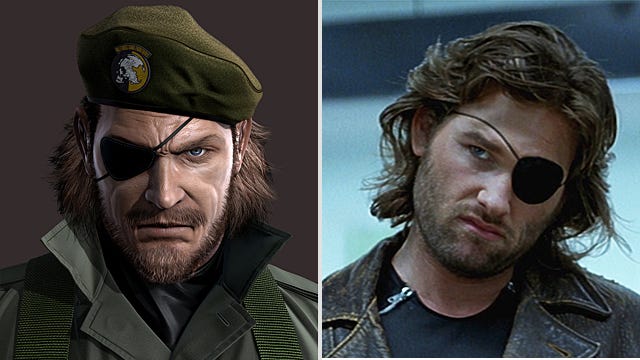
And if the side-by-side doesn’t convince you, in Metal Gear Solid 2: Sons of Liberty Snake goes undercover and introduces himself as a man named Iroquois Pliskin. Admittedly, not a great name, but it is a fantastic game that I highly recommend. Beyond those glaring examples, there are plenty of other things scattered throughout the series that pay homage to the film world.
So if Kojima blatantly infringed on the copyright of these — well, I guess he’s really only responsible for the Snake Pliskin thing — why didn’t he and Konami get sued over it? Well apparently it’s because John Carpenter (director of Escape from New York) liked him and said he was “a nice guy”. To me, that’s pretty awesome.
Building the Stealth Genre
While Metal Gear was important, it was very simple. The gameplay was basic and the weapons were rudimentary. The sequel — Metal Gear 2: Solid Snake — I would argue, is actually one of the most important games for the stealth genre as we know it. Actually sneaking was added to the general “hide-and-seek” gameplay from the first game. You could walk, run, crawl, lean up against walls, knock to attract or distract enemies, and more. The weapons were improved, but were still stuck in the era of early gaming.
1998’s Metal Gear Solid for the Sony PlayStation would take the improvements and features of Metal Gear 2 and bring them into the world of 3D polygons. It brought the idea of stealth games into the mainstream for so many kids and young adults and introduce innovative features like noise detection and environmental hazards like leaving footprints in the snow. For a stealth game at the time we used to talk about just how hyper-realistic, but honestly it did get pretty weird. Still, it really laid a solid foundation for future stealth series’ like Splinter Cell and Siphon Filter.
Sequels and Remakes
I’ve already mentioned the sequels to Metal Gear Solid, and I’ve previously reviewed VR Missions — which was originally released in Japan as part of the Metal Gear Solid: Integral re-release —, but there’s also the 2004 remake. Metal Gear Solid: The Twin Snakes was a full remake of MGS for the GameCube.
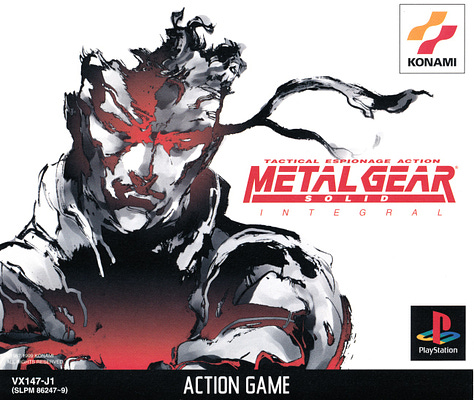
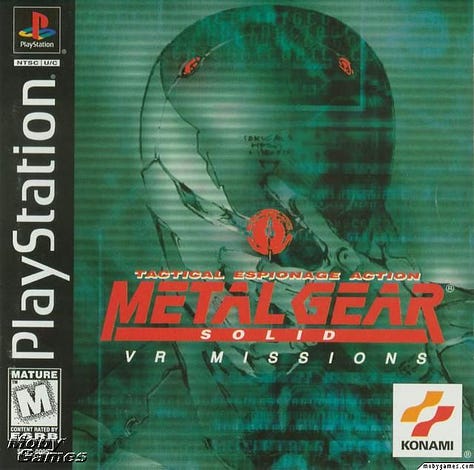
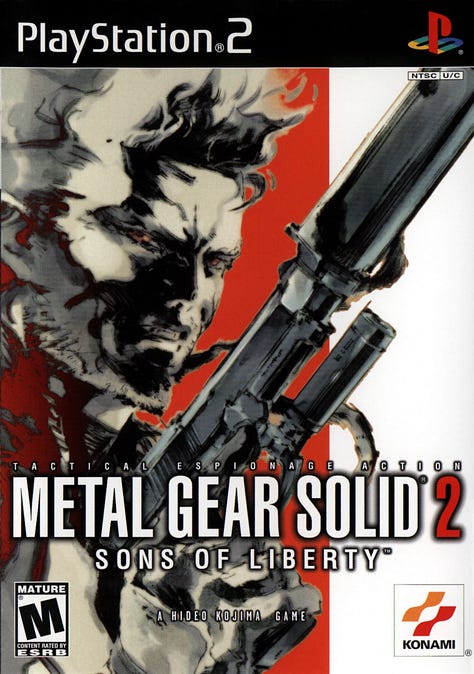
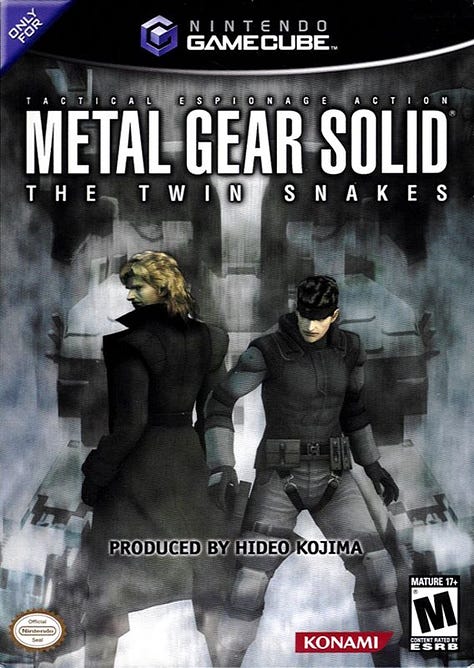
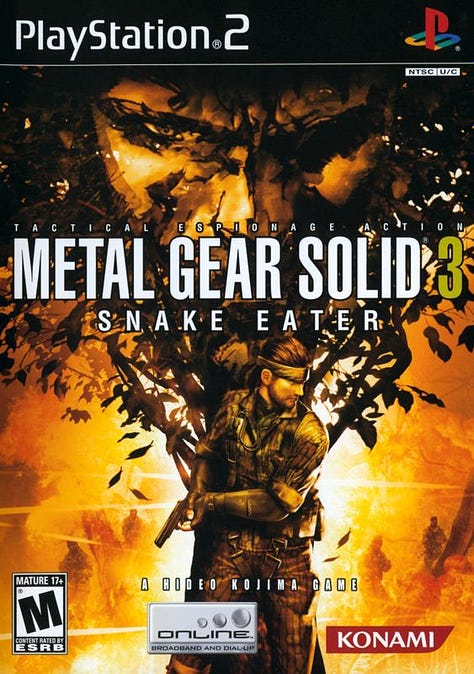
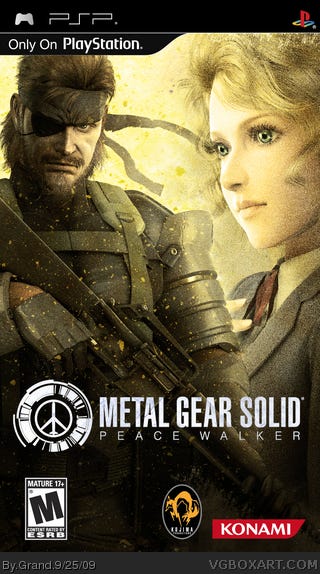
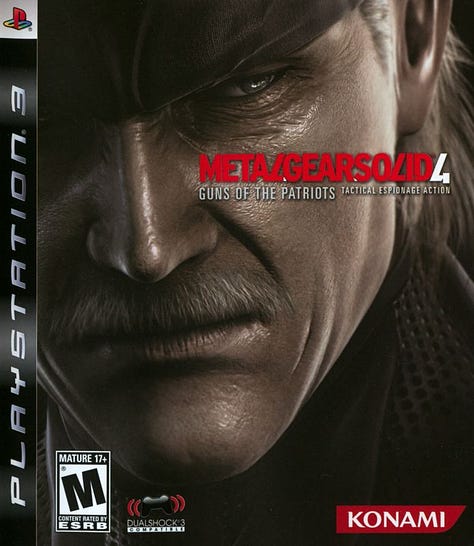


It was developed by Konami and Silicon Knights using the game engine from Metal Gear Solid 2 which had come out in 2001. It brought with it many of the features of MGS2 like light and shadows — meaning enemies could spot your shadow to find you, and you could do the same — and first person targeting. While this feature may be commonplace these days, it was new to MGS. So much so that it actually ruins the first boss fight with my favorite villain, Revolver Ocelot.
That fight was one where, in the original, you fought in a small room that was rigged with explosives. You had to run toward Ocelot and fire at him while dodging his shots. The catch? He was a deadeye who could ricochet his bullets off of the walls to hit you. It wasn’t a difficult fight by any means, but it was fun. Part of the challenge was that you often couldn’t see him and would have to be a bit more careful to make sure you didn’t shoot the C4 or the hostage in the room. However, with first person aiming you can take him down with literally no effort at all. Ocelot aside, this was a really nice and helpful feature throughout the game.
What Makes MGS So Good?
Truly spectacular games have an outstanding story AND outstanding gameplay. While I would say the gameplay is a bit dated and was a product of it’s time, it’s still very good. The controls could be tighter, but in it’s own way they even lend themselves to the charm of the game. But, in my humble opinion, where MGS really shines is in the story department. The super condensed — and mostly spoiler free — version of it is that a group of terrorists have taken over a nuclear weapons disposal facility in Alaska. Snake is sent in to stop them. The baddies are members of Special Operations unit Foxhound — Snake’s old unit from Metal Gear and Metal Gear 2. With them are a group of soldiers who have been genetically modified to be the best of the best known as the Genome Army. They have taken several hostages that Snake needs to rescue and in the process of doing so uncovers a dark government conspiracy and the truth; Shadow Moses — the location of the disposal facility — was actually a secret base for the development of Metal Gear Rex. Oh yeah, I forgot to explain what a Metal Gear is. It’s basically a giant mech equipped with tons of weapons, including nukes. If you haven’t been able to tell yet, every Metal Gear game features a showdown with a type of Metal Gear.
What makes the story so compelling is not so much the characters, plot points, and forth wall breaks; but rather the focus on huge issues like nuclear proliferation, genetic manipulation, modern day eugenics, medical experimentation, PTSD, battlefield ethics, and more. This is something that is a staple of the Metal Gear games, but over time Kojima went full Kojima and things just got weird. It’s my opinion that MGS and MGS2 handled these kinds of topics the best without getting too preachy.
Also, the cardboard box trick. I know it’s a meme, but Snake hiding under a cardboard box to avoid enemies is a classic that never gets old. Also, fun fact for anyone who doesn’t already know, but you can hop in the back of several trucks in the game and equip specific boxes to basically rapid transit to other parts of the base when the enemy soldier notices the box label.
Final Thoughts
So should you play Metal Gear Solid today? Absolutely! The original game on the PS1 is definitely dated, but it still holds up. Used copies can usually be found for anywhere from $15-20 USD and it’s been released multiple times in various collections over the years. Soon we will have the Metal Gear Solid: Master Collection on all consoles and Steam making it extremely accessible. The Twin Snakes, on the other hand, is a tougher sell. I’ve found it going anywhere from $80-220 over the last couple of years, and to my knowledge it’s never been re-released. It’s a great game and it was the reason I bought a GameCube back in the day, but I’m not willing to drop that kind of money for it today.
I know this isn’t your typical retrospective article, but I love Metal Gear Solid. It’s my favorite game franchise and Metal Gear Solid is still my favorite game on the original PlayStation. I recently missed my chance to do a Windows 3.1 retrospective, but I needed to make sure to get this one out in time. It’s just hard to believe that it’s been 25 years… the silver jubilee of the Shadow Moses Incident. What a time it was to be alive…




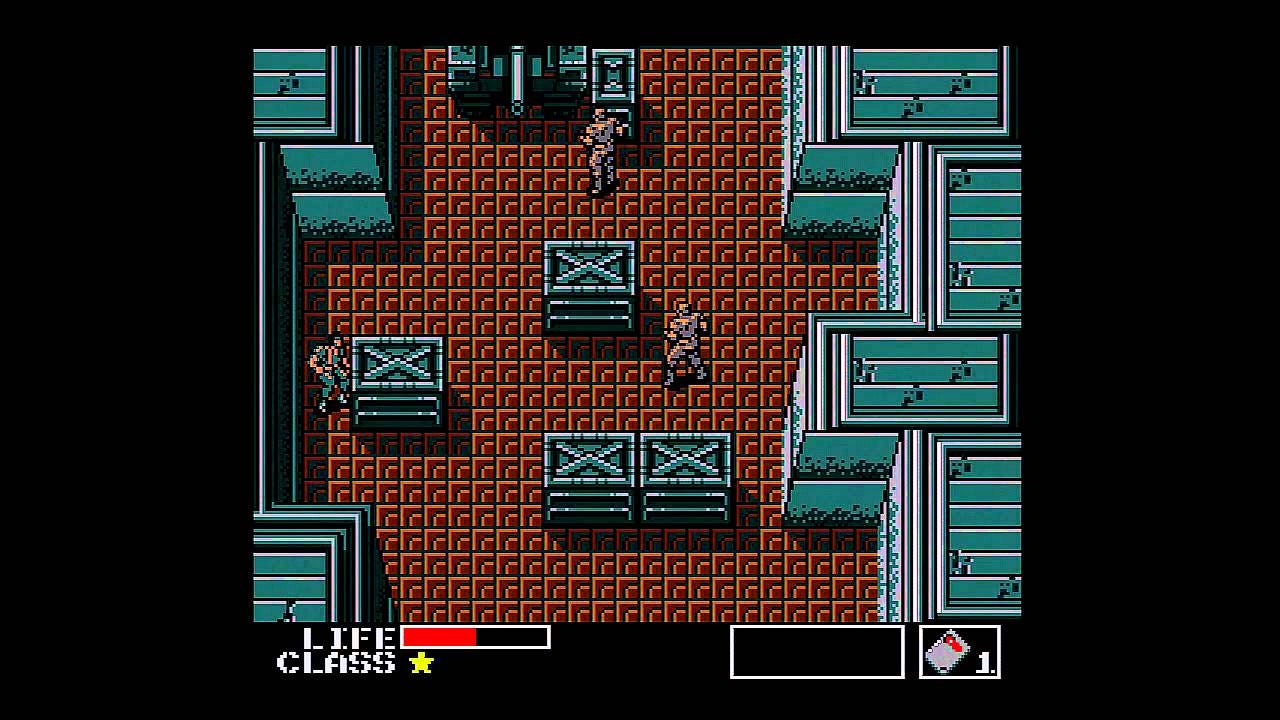
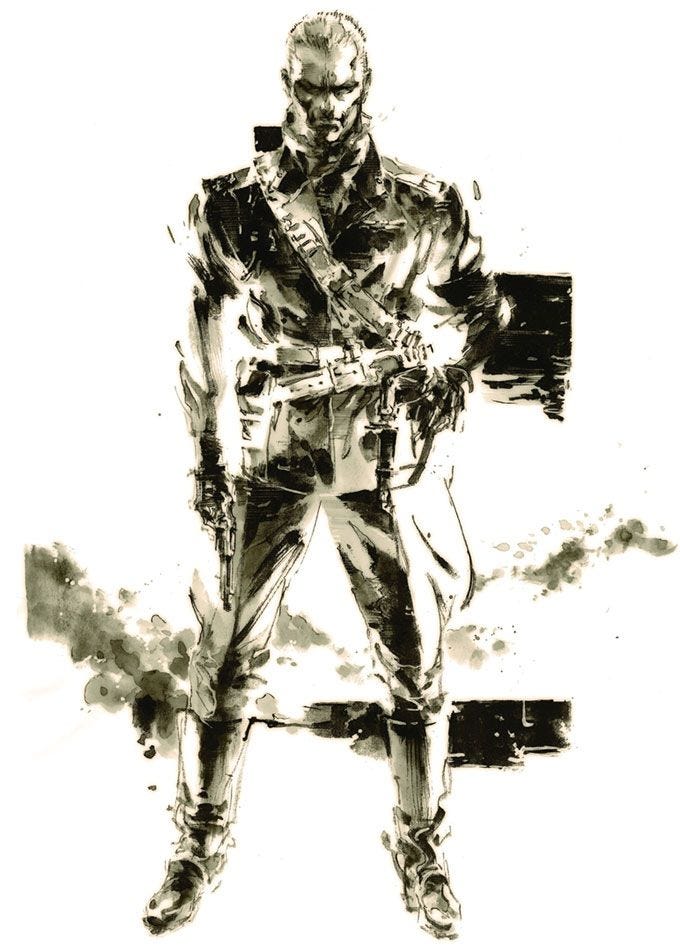
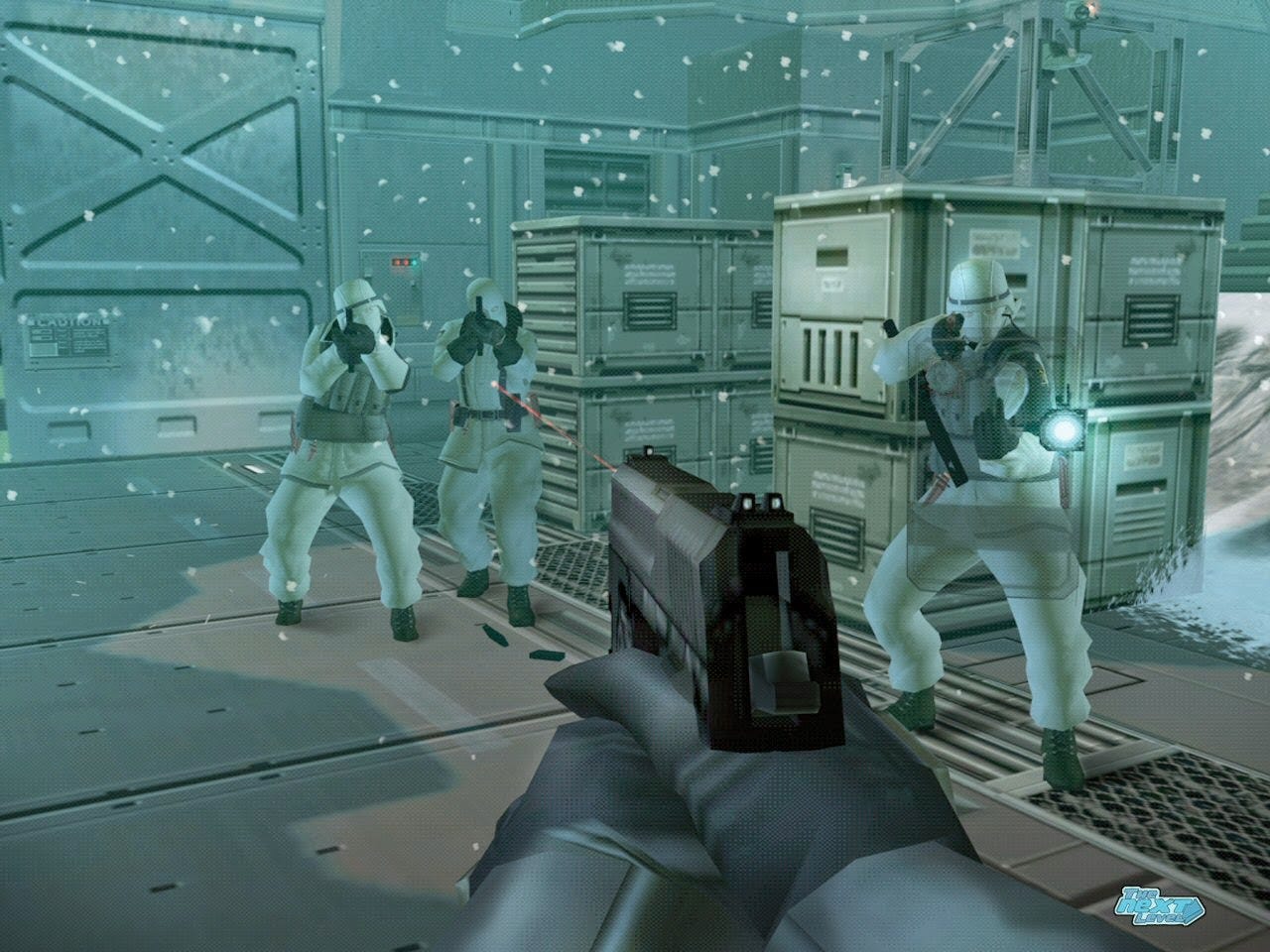
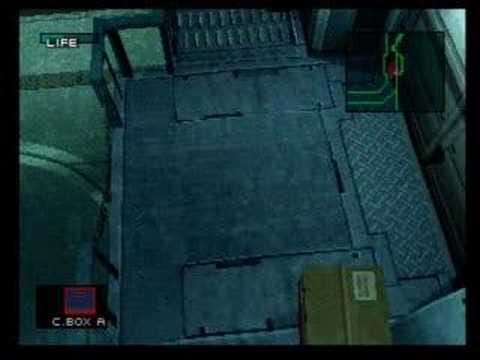

I'm with you all the way on this - MGS is an amazing franchise, occasionally suffering from frustrating weirdness in parts, but for my money, very few games come close. I just wish, wish WISH they had kept the 'push in the direction of the wall' mechanic from MGS1 - binding it to an explicit button press in later games just never felt as cool!